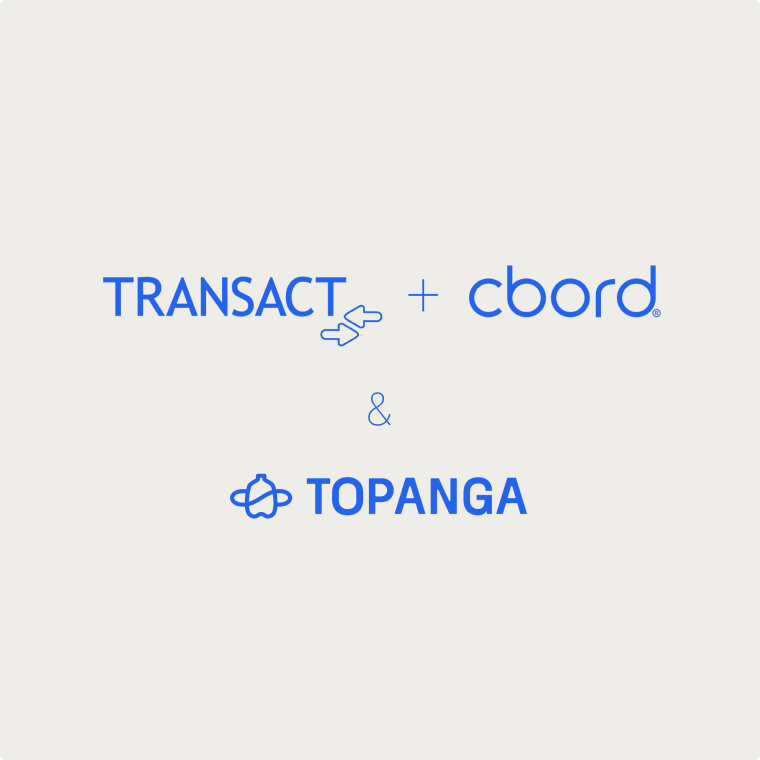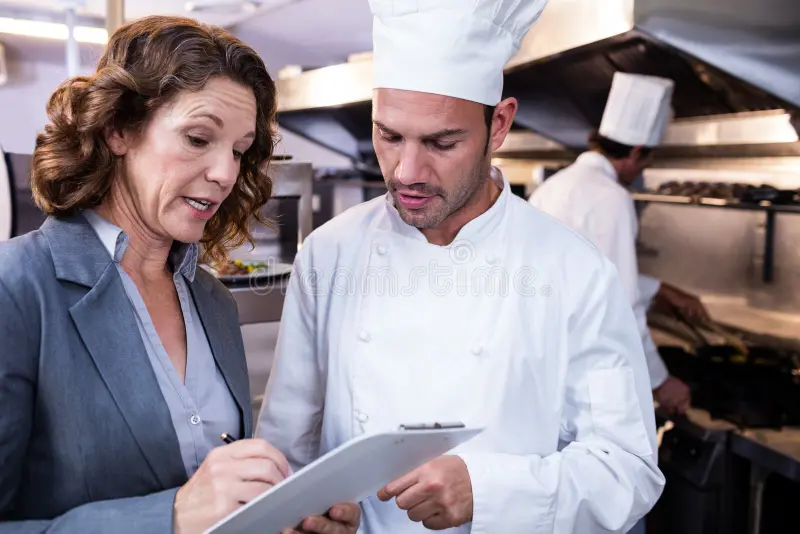
How the 9R Framework can Change our Economy
Discover how the 9R framework can transform our economy through sustainability and innovation. Topanga reveals key strategies for lasting change.

As climate change increasingly highlights the limits of the environmental devastation of a linear economy, many companies and consumers are moving towards implementing a global circular economy, which is a systems solution framework tackling issues such as waste, pollution, and diminishing biodiverse ecosystems. But how do we go about making this gargantuan economic shift?
The 9R’s are a circular economic framework that examines how materials can be used and reused at their highest value while minimizing waste and environmental destruction. They are Refuse, Rethink, Reduce, Reuse, Repair, Refurbish, Remanufacture, Repurpose, Recycle and Recover. There are three separate hierarchical approaches for closing material loops; a smaller loop is ideal because it requires less inputs and eliminates waste before it is even created. Although the transformation to a perfect circular economy without waste is very difficult to achieve, the 9R’s can guide us away from throwaway culture and into sustainable systems.
Shortest Loops
The shortest loops in the R-framework are Refuse, Rethink, and Reduce (R0 - R2). These totally eliminate waste in the design stage through strategies that refuse the original harmful product and offer an alternative, rethink waste as a resource, and reduce the amount of inputs necessary. Within the food industry, we can look at farmers who implement techniques such as permaculture that eliminate the need for harmful chemical pesticides. Local communities source their food from these farmers, also eliminating the need for long transport that comes with greenhouse gas emissions. Companies like Ecovative use agricultural byproducts (inedible parts of crops) and mycelium mushrooms to create fully compostable packaging that acts as a replacement to expanded polystyrene that shelters fragile items in transit.
Medium Loops
Medium loops in the R-model include Reuse, Repair, Refurbish, Remanufacture, and Repurpose (R3 – R7). Consider what may happen to the variety of materials used within the food industry. Instead of relying on throwaway single-use plastics, restaurants can reuse glass bottles and to-go packaging. Instead of purchasing brand new plastic tables and chairs, businesses can repair and refurbish antique furniture as unique seating. Instead of wasting money and energy for the finishing touches, restaurants can frequent a second-hand store to remanufacture or repurpose old items as decorations or serving ware with a bit of creativity. For example, our company Topanga works within the restaurant industry in Los Angeles to offer reusable to-go packaging that we clean and return to our partners for consistent reuse over and over.
Long Loops
The longest loops in the 9R framework are Recycle and Recovery (R8 - R9). These terms are applied to products that have been labeled as “waste” by their respective industry and require technical equipment and a new energy process to give it fresh value. It’s been standard practice to dispose of waste materials in landfills, but when restaurants make it an effort to recycle plastic goods and packaging, it helps extend the life of a product. Energy recovery usually requires the destruction or incineration of a material, but companies like Feedback continuously recover wasted food and agricultural byproducts to be fit for human consumption. Although the recovery process may require extra manpower and machinery, it’s worth avoiding the greenhouse gas emissions of rotting food while fighting food insecurity in local communities.
The High Value of the 9R Strategy
It’s time to begin rethinking our concept of waste as a resource instead of something to leave in a landfill. Our food systems, from farms to restaurants and cafes, can lead the way in implementing the 9R framework to create a circular economy fit for generations to come.
.svg)


